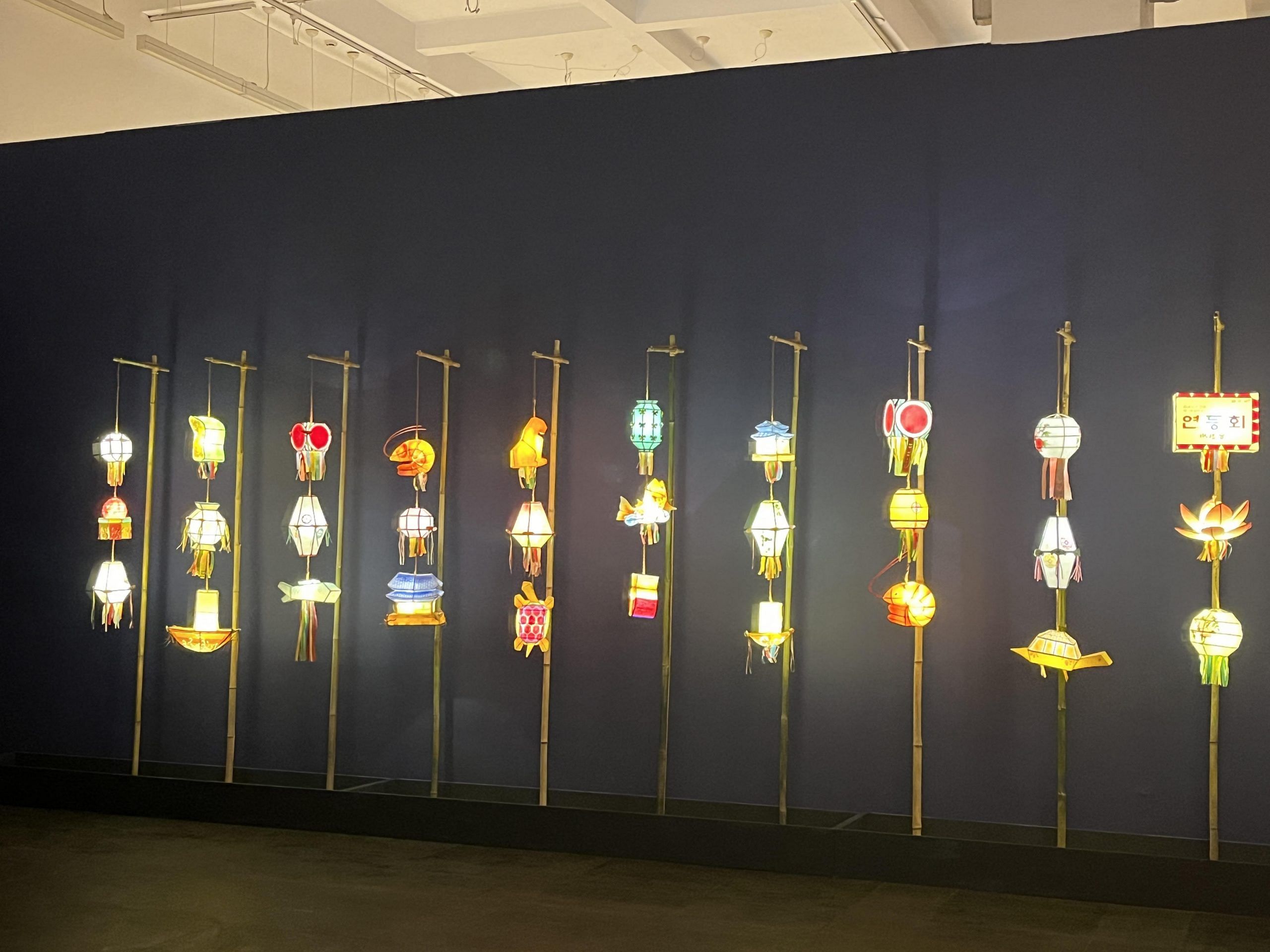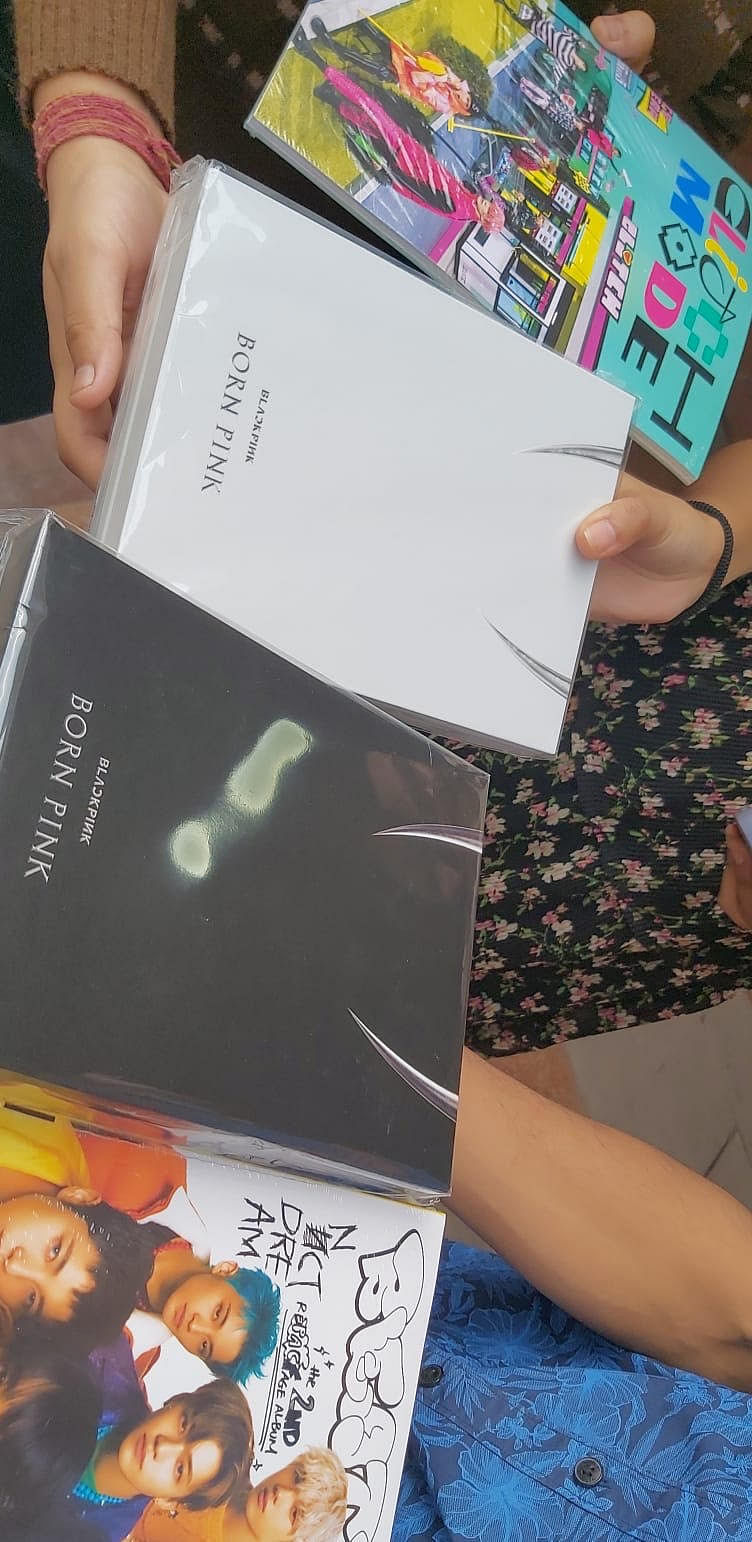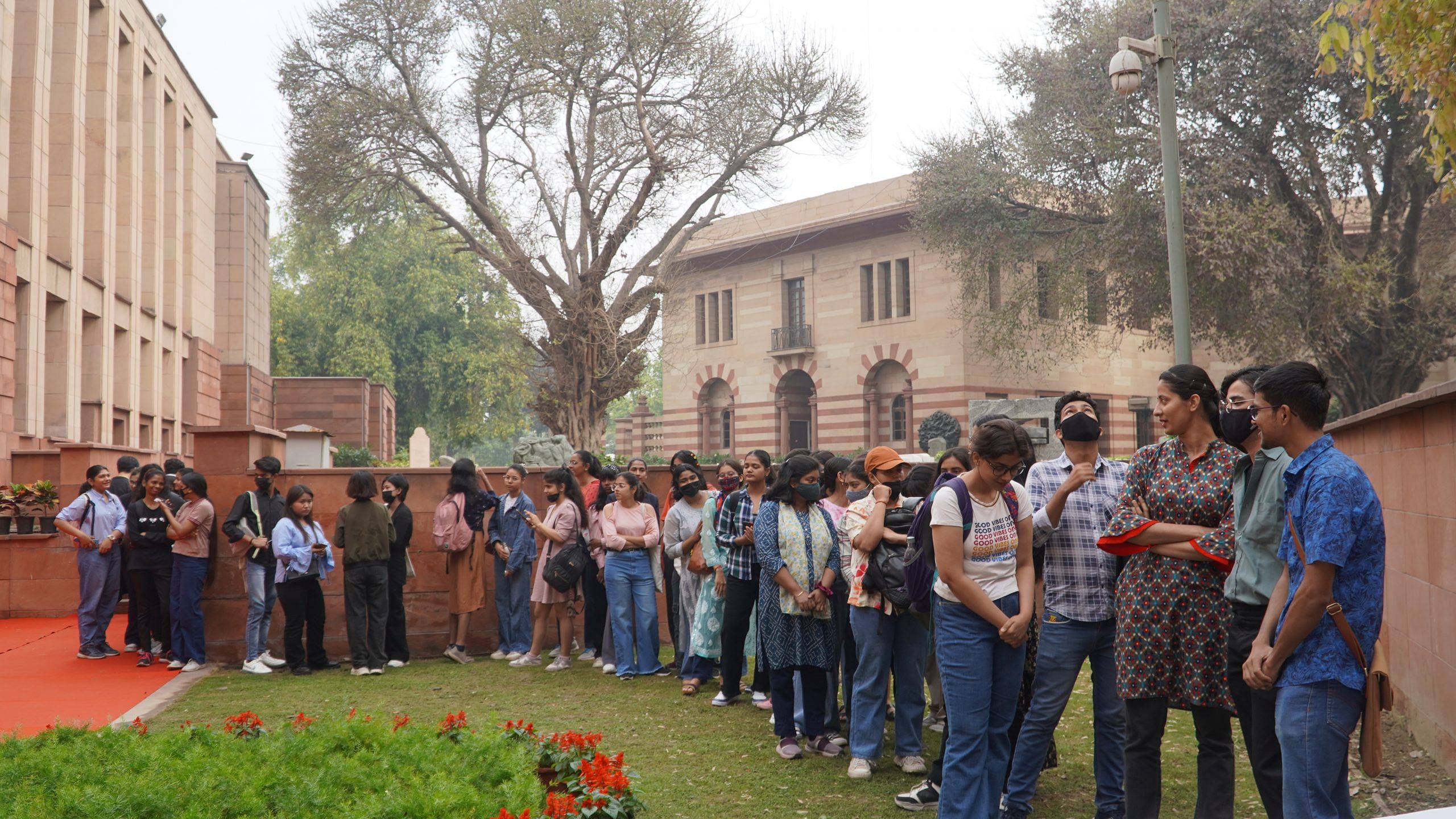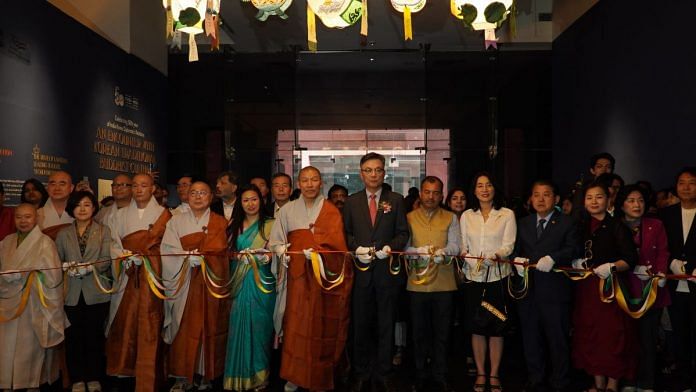New Delhi: A Buddhist nun struck a tiny gong while reciting a soothing prayer in Korean for “strategic partners” India and South Korea so that both “countries can enjoy greater wealth and power, and exert a stronger influence on world peace.” The venue was the National Gallery of Modern Art, the premier site for hosting exhibitions in Delhi.
The nun is a member of the Jogye Order, the largest sect of Buddhism in South Korea, which has expressed interest in making Buddhism more organised in India.
“If the opportunity arises, the Korean Buddhist community plans to establish an Indian sect of Buddhism and provide support to allow for voluntary and indigenous Indian Buddhist beliefs and practices to be properly established,” said Ven. Joo Kyung, the Chair of the Central council of the Jogye Order of Korean Buddhism.
Until recently, donations for the construction of Buddhist temples and visits to India by Korean Buddhists had been happening on an individual level.
“But in recent years, the Jogye Order has been organising and supporting the construction of (Buddhist) temples, and this year we had a Buddhist pilgrimage. In the future, plans are in place for further development in the relationship between the Jogye Order and India,” Joo Kyung said.
After organising the “first-of-its-kind Buddhist pilgrimage”, which concluded on 20 March, the Jogye Order together with the Korean Embassy and its cultural arm, the Korean Cultural Centre India (KCCI), kicked off a month-long exhibition on 22 March to commemorate the 50th anniversary of diplomatic ties between the two countries.
The exhibition titled “An Encounter with Korea Traditional Buddhist Culture in India, the Land of Buddha”, which will run till 30 April, shows a series of media art of Buddhist painting scrolls called ‘Gwae Bul’, illuminated Korean traditional lanterns called ‘Yeongeunghoe’ – a UNESCO intangible cultural heritage – and over 70 photographs with the theme of temple stay, a programme that allows visitors to get a first-hand experience of the monastic life practised by Korean Buddhist monks.

The exhibition included a short five-day cultural exchange where visitors learnt to colour traditional hand fans with designs called dancheong (decorative art of cosmic design), tried woodblock painting of Korean Buddhist scriptures, and made lotus lanterns and string prayer beads.
Also read: After K-pop, K-drama, K-food, Indian fans are now getting married the Korean way
Power of K-pop free albums
A staggering 400 people comprising 100 guests, officials, artists, and 300 general public turned up at the exhibition venue, said KCCI’s PR and media head Kim Kanghyun.
Majority of the visitors were students of Sejong Hakdang, the Korean language institute run by KCCI, while many were Korean culture enthusiasts who wanted to get hold of a free K-pop album.

A day before the exhibition, KCCI announced an ‘early bird’ event where 20 albums from three K-pop bands – BTS, Blackpink, and NCT Dream–were up for grabs.
One of the early birds, 21-year-old Ishita Tripathi was at the gates of NGMA at 8 am. The album giveaway was to start at 10:30 am but she found that her rivals had been camping from 6 in the morning. Ishita’s trials paid off as she bagged her first physical K-pop album, NCT Dream’s Beatbox. Her friend Karthik Srivastava got Blackpink’s Born Pink album.
“There would have been at least 70 people who were queuing before the giveaway started,” Ishita said.

Priyanshu Mozumdar, her other friend, who reached the venue at 9:30 am, was too late. “UPSC is probably way easier than winning K-pop early bird content,” he joked.
One of the participants, Meenu Meek, called the experience amazing. “I did the woodblock printing and fan making, which was a really nice experience. I made a bead bracelet as well, and really loved it. I wanted to do the lotus lantern making activity as well but the material is over,” the 19-year-old Delhi University student said.
(Edited by Ratan Priya)






